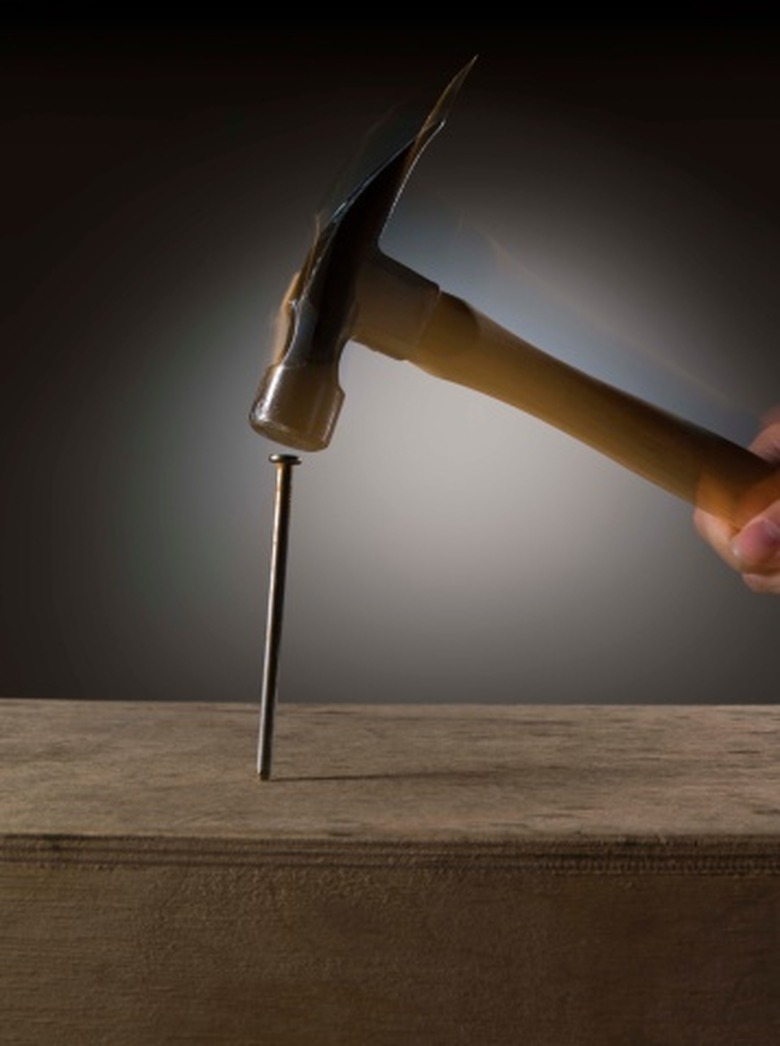The Advantages Of First Class Levers
When Archimedes said, "Give me a place to stand and with a lever I will move the whole world," it is likely that he was using a bit of creative hyperbole to make a point. The fact is that levers allow a single man to do the work of many and that advantage has changed the world. The first-class lever is the first of three classes and has many advantages, both conceptually and mechanically.
What is a First-Class Lever?
What is a First-Class Lever?
A first-class lever is a simple machine that lifts a load across a pivot point called a fulcrum. It differs from all other classes of levers because the fulcrum exists between the load and the force that lifts it. A teeter-totter is an excellent example of a first-class lever because it demonstrates how the lever works and is an iconic image from childhood. First-class levers exist in many common locations, such singly in engine pistons or in pairs in scissors and pliers.
Conceptual Advantage
Conceptual Advantage
First-class levers are the simplest levers to conceptualize because of the simplicity of the design and of the levering action that allows them to work. Children worldwide are familiar with the teeter totter and have unintentionally created first-class levers by placing a pencil under a ruler. As we grow into careers, the dolly or hand-cart required by many jobs uses the first-class lever as well. Through simple exposure, most people are able to visualize and understand the first-class lever more easily than the other types.
Mechanical Advantage
Mechanical Advantage
Mathematically, levers provide a mechanical advantage that allows a small force to move a great weight. We can calculate this advantage by the following simple proportion: the mechanical advantage equals the length of the effort arm divided by the resistance (or load) arm. Since the effort and load arms are usually located on the same plane (and often share a common body), we can easily calculate this mechanical advantage to ascertain how much the lifting force is multiplied.
Practical Advantage
Practical Advantage
First-class levers have a considerable practical advantage over the other types of levers. They convert a downward moving force into a lifting force. This means that you can always augment your ability to lift a load across a teeter-totter style lever simply by using the force of gravity. In short, the effort that is used to lift your load can be minimized simply by sitting or standing on the end of the lever. This is a considerable advantage over the other types of levers where the effort to lift a load must also move upward.
Cite This Article
MLA
Klaus, Andy. "The Advantages Of First Class Levers" sciencing.com, https://www.sciencing.com/advantages-first-class-levers-8034325/. 24 April 2017.
APA
Klaus, Andy. (2017, April 24). The Advantages Of First Class Levers. sciencing.com. Retrieved from https://www.sciencing.com/advantages-first-class-levers-8034325/
Chicago
Klaus, Andy. The Advantages Of First Class Levers last modified March 24, 2022. https://www.sciencing.com/advantages-first-class-levers-8034325/
